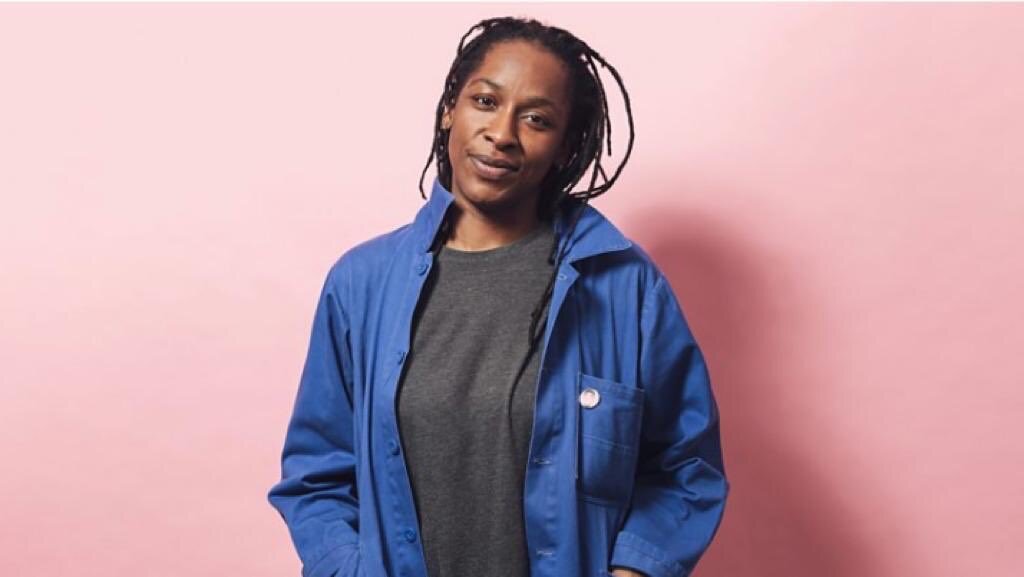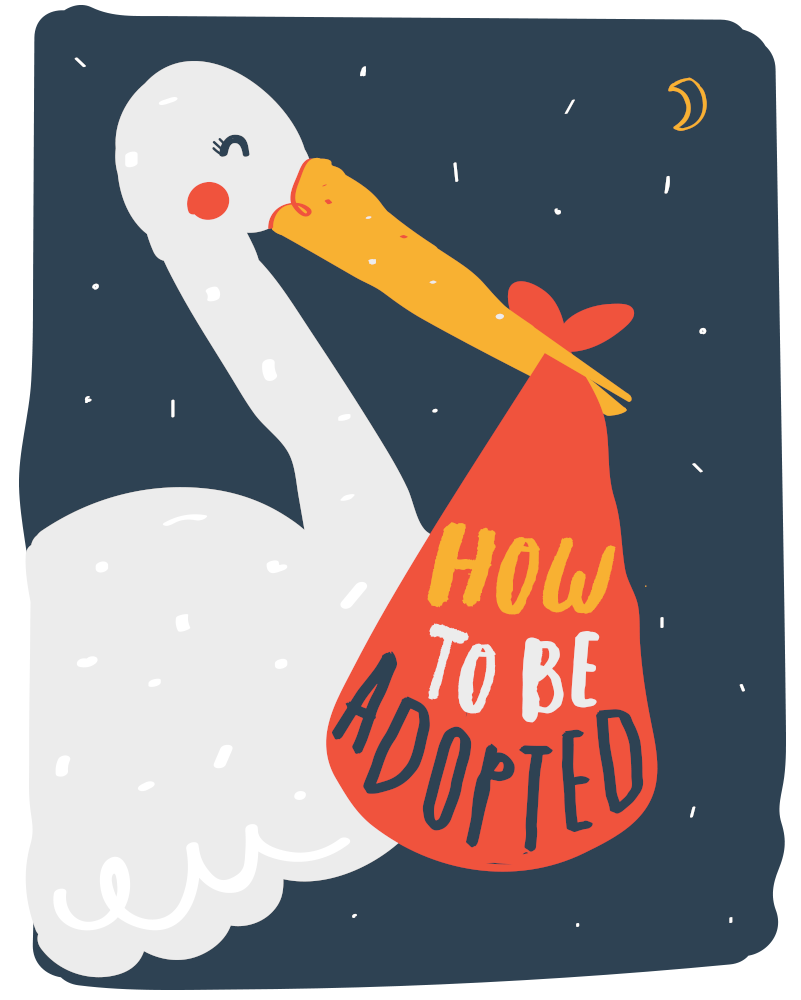
Introducing "Adopted and Seen: Your Personal Guide and Journal" by Lara Leon
Imagine a book that finally puts words to what you’ve felt but couldn’t explain. Lara Leon has created just that…
Adoption, ADHD, and EMDR - a personal journey on the path to self
“After most sessions, as challenging and painful as they were, I slowly shed the layers of trauma,” by Carole Dwelly

An adoptee's experience with somatic therapy
“After my daughter was born 7 years ago, how I felt about my adoption was always at the forefront of my mind and it was starting to affect my life a lot more noticeably.”

Unspoken The Silent Truth Behind My Lifelong Trauma as a Forced Adoptee Liz Harvie with Eve Hatton
Adoptee and campaigner Liz Harvie’s book is published on 9th November in the UK

After the Guardian article, where else can you find How To Be Adopted?
An overview of all the places How To Be Adopted has appeared, including the AdopteesOn podcast - woo!

A letter to 13-year old me from adoptee Kate
“YOU ARE NOT BROKEN. You are not defective. You are not unworthy” - guest post from Kate

6 recommendations for the JCHR re the inquiry into Treatment of unmarried mothers and their babies aka adoptees: Pam Hodgkins MBE oral evidence to The Joint Committee on Human Rights
Important evidence for the JCHR inquiry from Pam Hodgkins, MBE, founder of NORCAP


The history of adoption in England and Wales by Pam Hodgkins MBE
Powerhouse Pam Hodgkins MBE gives us a whistlestop tour of adoption law in England and Wales. Pam we salute you for your work for adoptee rights!

I am not grateful to my parents for adopting me
Why it’s problematic that people expect adoptees to preface their content with gratitude for their adoptive parents…

Finding my voice through adoption blogging
This was the year I shed my anonymity in a pretty huge way with a Grazia interview, AdopteesOn podcast and speech for One Adoption.

Why are you so angry? Part two
A confession... I wasn’t telling the whole truth in my blog post about angry adoptees…

Meet Twayna Mayne: comedian, black woman and transracial adoptee
Introducing the host of podcast Loco Parentis and the talent behind Radio 4 series Black Woman.


I asked my mother when she met me
I was in my mid-30s when I plucked up the courage to ask my mum when she first met me…

I am not your shame
Enough is enough. Adoption will not take my dignity. You will not take my dignity.

An open letter to Long Lost Family from an adoptee
What Long Lost Family doesn’t tell us about adoption search and reunion - and beyond.

Do you have a family tree you could share?
The question I dread as an adoptee recently new to Ancestry.

What is life story work and why does it matter?
Guest blog on identity, the “trove” project, and why it’s important for adoptees and care experienced children to keep mementos and memories safe…

Dear dearest adoption, a backward impossible paradox
“…the weights are tipped I’m sad to say and hopeful love and best intentions are often drowned.”
